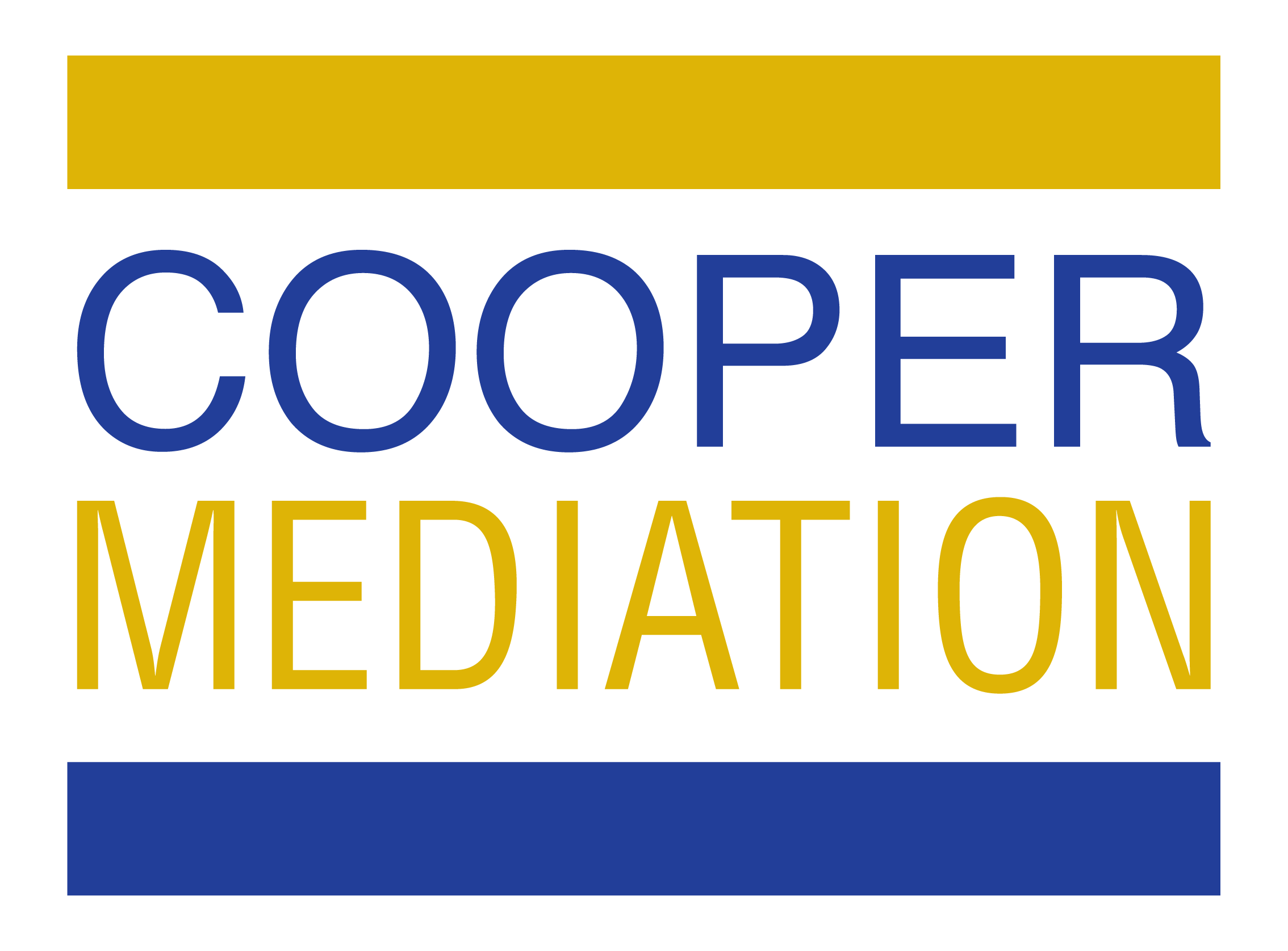
09 Sep The Art of Successful Communication In Mediation – Part III: Verbal Elements and Style
Words matter.
How you say something can be just as important, if not more important, than what you say. In this third instalment on the Art of Communication in Mediation, I explore verbal elements in a discussion including word choice, tone and style.
LANGUAGE: WHAT’S IN A WORD?
Writer L. W. Lockhart once said “Language is the inventory of human experience.” If so much of our own understanding and interaction with the world is bound up in the meaning of words, special care must be exercised when using them in delicate situations such as mediation.
In a column for Mediate.com, Tom Sebok cautions participants to choose words that will be less likely to add unnecessary friction to a discussion. Beyond common-sense tips such as not making insulting comments to other parties present at a mediation, participants should avoid negative labelling of other people’s behaviour with inflammatory words (i.e. “he’s harassing me”) in favour of neutral language and descriptions of behavior. Remember Wendell Johnson’s comedic advice: “Always and never are two words you should always remember never to use.” Statements using these types of words can distract from constructive discussion as instances are brought up to disprove them in reply.
Participants should be mindful that language that characterizes a discussion in a destructive manner rarely leads to constructive results. One should frame a client’s participation in mediation as a “journey” and use appropriate vocabulary in support of this strategy. War-like words and phrases such as “right on target,” “dropped a bombshell” and “crossfire” should be scrapped in favour of “crossing bridges,” looking for “a clearing in the woods,” and “a light at the end of the tunnel.” Use words to generate hope for positive results and conciliation.
Finally, when considering language used at mediation, it’s important to remember that not everyone around the table is fluent in “legalese.” Know your audience and use language that is clear, precise, and comprehensible to all present. Using very formal or exclusive language and terms may unintentionally reduce a participant’s willingness to participate.
STYLE: EXPRESS YOURSELF AND BE MINDFUL TO ALLOW OTHERS THE SAME OPPORTUNITY AND COURTESY
Choosing your words carefully must be paired with a thoughtfulness in their expression.
Linguists have noted that most communication contains three parts: explicit content (what happened?), emotional subtext (how do you feel about what happened?) and an implicit statement about the nature of a relationship (power dynamics). With numerous studies suggesting the latter two elements have the greatest impact on the outcome of an interaction, it is imperative to understand how one’s verbal presentation can influence emotions and create or underscore power dynamics in a mediation setting.
When establishing facts, be aware there may be disagreement. Rather than being strident about “what really happened,” speak honestly about your interpretation of events and present the facts and evidence as you understand them. Acknowledge that other parties may see the situation differently or place different value on certain pieces of information. Confidence in your position need not come across as righteousness.
Express your feelings using “I” statements and do not presume to be a mind-reader – you do not know “how” another party is feeling or “why” they may be reacting in a certain way until they express themselves. Another option is to express those statements from the perspective of a third party – the judge and/or the jury. In other words, invite the listener to consider how certain facts or evidence may be perceived and considered by the trier of fact.
Impulsive remarks can be especially destructive. Some studies have found that it can take five positive interactions to repair damage from one negative interaction. Stop to think before speaking – will it contribute to a solution or result in needless negativity? A silent pause to consider your words can indicate thoughtfulness that other parties may greatly appreciated.
Finally, in summarizing discussions or comments, note both when you are in agreement with facts or interpretations and also where you disagree. As Gandhi said, “Honest disagreement is often a good sign of progress.” Others have said, “We can disagree but we need not be disagreeable.”
TONE: VOCAL LESSONS
Professional singers complete all sorts of exercises to train their voices and often have elaborate procedures for warming up their vocal chords prior to a performance. Good spoken-word communication benefits from similar practice.
“All of us are born with a particular voice. It is our trademark,” says communications expert Judith Filek. “Most of us do not have a radio announcer’s voice. However, unless there is a congenital defect, any voice can be improved by pausing and breathing.”
Some tips to improve vocal tone she offers include:
- breathing from your diaphragm (shallow breaths cause a strident tone).
- ensuring you’re adequately hydrated and having a glass of water nearby to lubricate your vocal cords.
- pay attention to posture (it affects breathing) and how your body’s movements affect your voice (simply by smiling your tone automatically warms).
- practice speaking in lower octaves and pitches (these convey more authority).
- use recording devices to listen to your voice and ask for feedback from colleagues.
Pay attention to other participants’ tones as they speak. The old saying “opposites attract” is not always true when it comes to human relationships. It’s actually more likely for a person to be drawn to someone who is naturally similar to them. When at a mediation, you may want to practice a technique called “verbal modelling.” By mirroring another person’s modulation and tone (for example, the pace of their speech, the volume and the animation), you may subconsciously establish more of a connection with them. In negotiations, particularly difficult ones, building this kind of rapport may encourage progress and movement.
Good verbal communication skills take time to perfect, but practice and effort will help you reap rewards as these tools can effectively be used to break down barriers.
Missed the first two posts in this series? Part I covered active and respectful listening. Part II delved into the mysterious world of non-verbal communication.
 ABOUT THE AUTHOR
ABOUT THE AUTHOR
Jonathan T. Cooper is the taller, younger and non-bow-tied mediator with Cooper Mediation Inc. He mediates primarily, but not exclusively, in the area of personal injury and insurance.
Jon can be reached at jon@coopermediation.ca or at (647) 993-2667. To schedule a mediation with Jon, visit: http://coopermediation.ca/jonathans-online-calendar/.
